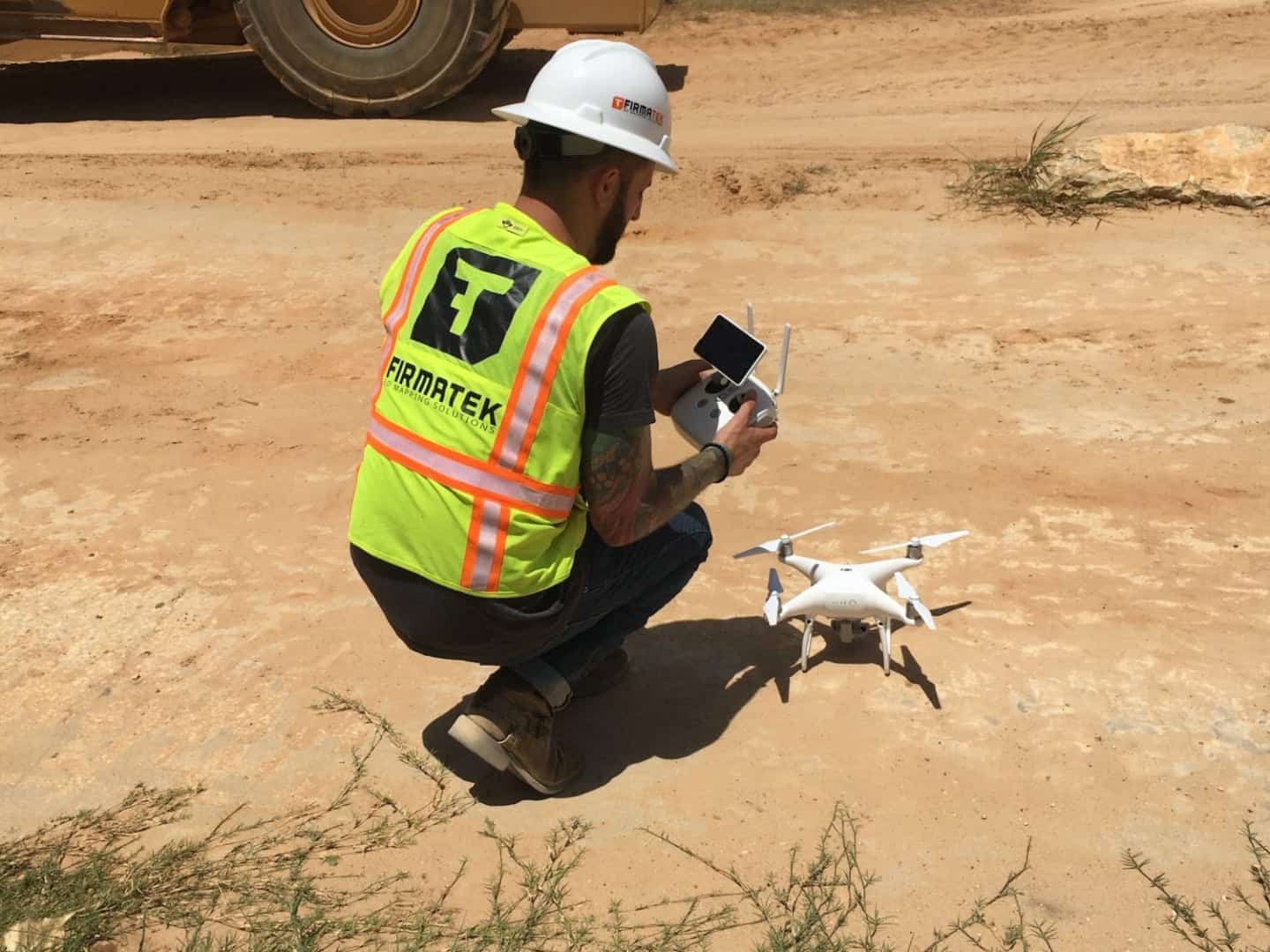By Lauren Elmore. Published in Energy Central.
As anyone in the energy sector knows all too well, pipelines can be rife with issues. In October 2016, a Colonial Pipeline explosion resulted in two deaths and a fire that burned for three days after a construction crew accidentally struck the pipeline with its machinery. Since the incident, Colonial has implemented new safety standards including checking the pipeline for issues more frequently and reviewing procedures for workers to ensure everyone’s safety.
However, while safety is, of course, important, it’s not the only concern energy professionals are facing. Optimizing pipelines is also key to ensure they’re performing as efficiently as possible. Using data and information to improve optimization (rather than using it only to detect problems) can increase efficiency, which results in a healthier bottom line. The challenge is consolidating that data and making it available for real-time analysis to make more informed decisions and utilize resources more efficiently.
Because pipeline planning and upkeep require such a major investment of capital, energy companies must use all the tools at their disposal to ensure new projects are not only safe and effective, but also profitable. Today, technology is taking pipeline construction and maintenance to another level.
Taking Advantage of Tech
Technology should always be about improving efficiency. It is making it easier to make data-driven decisions — and those who use it effectively can get an edge on the competition.
Compliance is also becoming a bigger issue, and it is necessary to stay on top of new and existing regulations. Being able to identify potential problems before they become issues through the use of technology allows a company to go above the bare minimum compliance threshold, and this can help them stand out in a crowded marketplace.
Ignoring the benefits technology provides is no longer an option. If you want to keep up with the competition and improve safety and efficiency (as well as profits), it’s important to jump on board and make the most of the tech available. To get started, there are a few types of technology that can help solve your most pressing pipeline problems:
1. Drones
When it comes to mapping hard-to-reach areas, drones save time and produce data that’s far superior to a simple visual inspection. Data collected with drones can be gathered in days, while manual visual inspections from technicians can take weeks. In addition, drones can monitor projects both during construction and after completion. Manually monitoring completed stretches of pipeline for issues can be expensive, dangerous, and time-consuming. Drones, on the other hand, can monitor potential issues more frequently and from a safer distance.
2. Equipment sensors
The right sensors can detect maintenance and pipeline issues before they occur. Thanks to advanced analytics, predictive maintenance can reduce upkeep costs by up to 13 percent. By repairing and restoring vital equipment before it breaks down, one company reduced its costs by 27 percent while drastically increasing reliability and prioritizing uptime. Valuable sensors can also be mounted on drones to detect gas leakage or potential thermal issues, taking their data collection capabilities one step further.
3. Artificial intelligence
Gut feelings are no longer enough for decision-making purposes. With AI, companies can collect better insights and predict inefficiencies based on data instead of human perception. Automating processes and streamlining operations will make oil and gas companies more efficient and profitable in the areas of service, work orders, and compliance issues, specifically. In addition, thanks to solutions such as Connected Pipelines for Oil and Gas, software can monitor long stretches of pipeline crossing remote areas and protect it from accidental and intentional disturbances.
Constructing and maintaining a pipeline is a very intensive job, and as more and more companies are competing for a limited amount of space, there is a need for tools that simplify the process. Technology is answering the call and facilitating both construction and upkeep. As a result, the next generation of pipelines will be more efficient and less disruptive, delivering increased profits to investors and powering the future for years to come.



